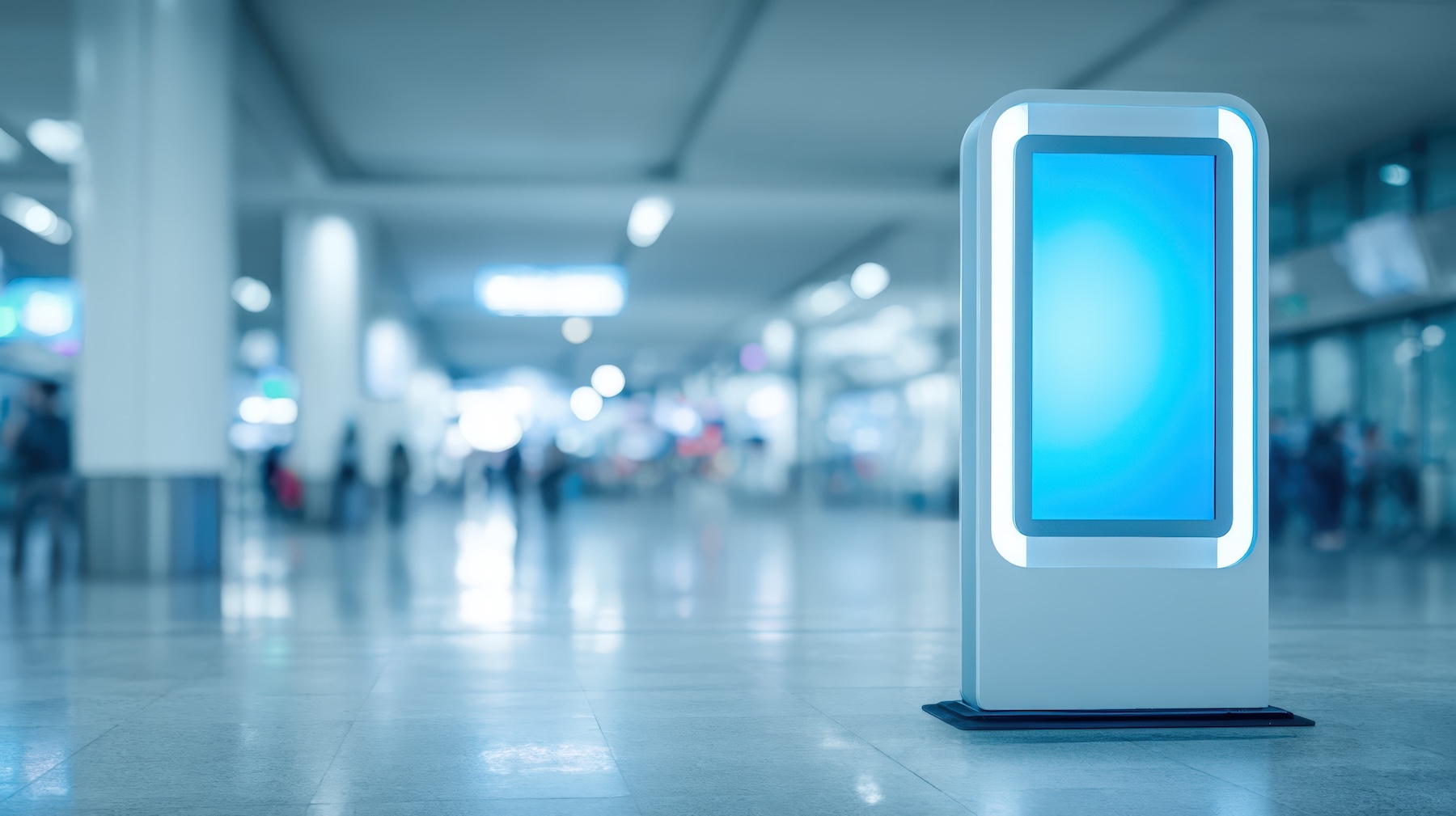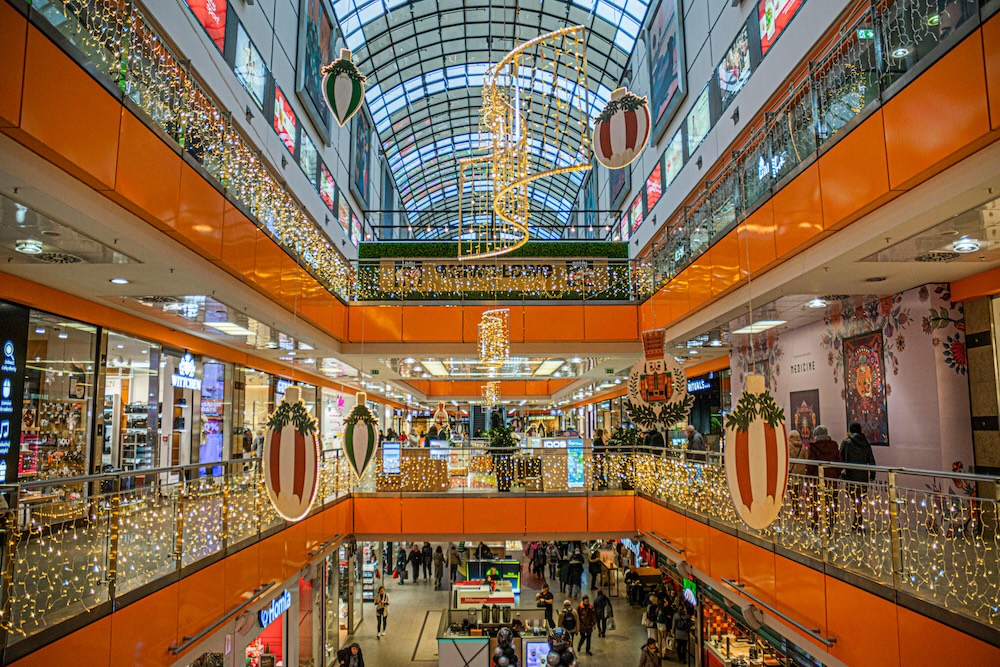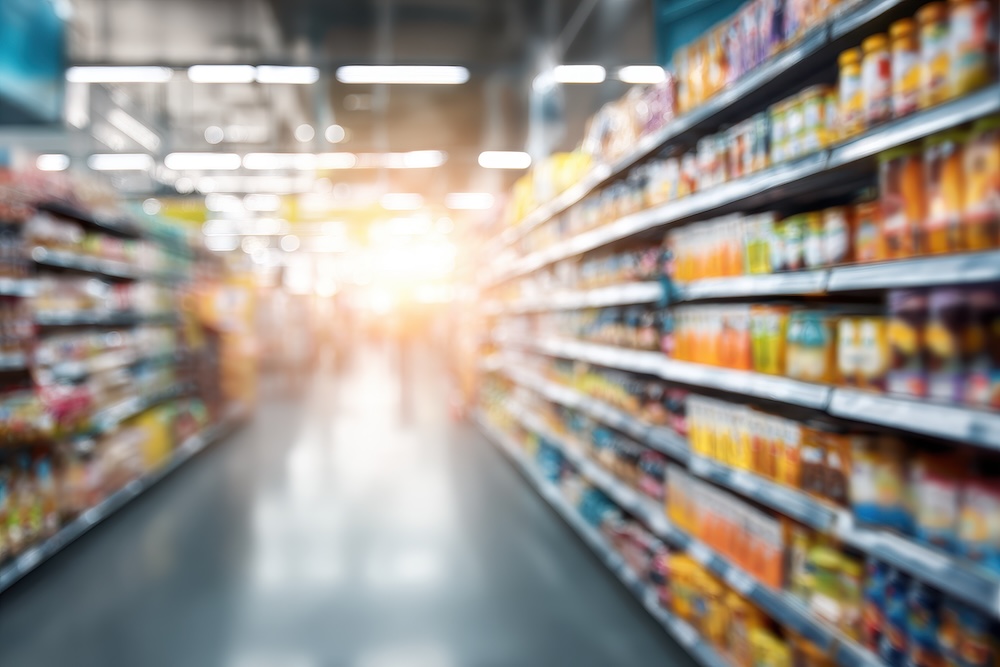Loyalty Schemes: Bringing Customers Back After COVID
Customer-facing businesses are facing a lot of different challenges as the world slowly emerges into what is already being called the ‘post-COVID’ era.
One of those challenges is how to get reluctant customers back on premises and spending their money. Sure, we’ve all seen the huge boost digital commerce has enjoyed while stores and restaurants have been shuttered and people have had to factor social distancing into their plans.
But ‘going digital’ only offers a partial solution if you are a store owner, if you run a dine-in restaurant, or operate a leisure or entertainment venue. Yes, you can supplement some of your income online. But when you have premises to pay for, the core of your business must be based around solid foot traffic.
The Great Re-Opening of Summer ‘21 has been a mixed experience. Initially, in-store retail figures surged, even surpassing pre-pandemic sales in categories like apparel and health and beauty – a sure sign of consumers enjoying the freedom of a day at the mall again after so long cooped up at home. Yet what happens when this initial feeling of excitement and novelty wears off?
We have to acknowledge that there are feelings of trepidation about mixing in big, crowded spaces again. A YouGov poll in March found that 57% of US consumers were excited about the prospect of shopping in-person again. But for the majority of those, it was a slightly muted ‘somewhat excited’, suggesting ongoing reservations and caveats. 37%, meanwhile, said they weren’t excited by the prospect – more than a third of potential retail customers.
Perhaps the most insightful conclusion we can draw about post-pandemic spending habits is the one made in this WSJ article – consumers will return to stores, restaurants and leisure venues, but their expectations and habits are likely to have been permanently altered by the COVID experience. In brief, people are looking for more from brands – they want to be given good reasons to head out and buy in-person again.
Rethinking loyalty
Hopefully most business owners reading this will be thinking – we’ve got to do everything we can to lock in loyalty going forward, we have to give customers every incentive possible to return and keep coming back to us. And they’d be right. Forrester has calculated that retaining customers will be 200% more valuable than trying to find new ones in the immediate aftermath of the pandemic.
The bad news for brands? It’s likely that COVID has changed loyalty – or at least exposed some long-running holes in the standard view of loyalty schemes that can no longer be mended. While Americans collectively make up 3.3bn loyalty program memberships, less than half think that rewarding loyalty is important, while 71% say being a member of a loyalty program doesn’t make them any more loyal to a brand.
What’s going on here? Is loyalty dead? How can hard-pressed store and restaurant owners ever hope to encourage back the foot traffic they so desperately need to recover from the ravages of the pandemic? The answer is probably that loyalty isn’t dead, it’s just changed. Like so many things, accelerated by the events of the past 18 months, the world has moved on from simple points-per-purchase loyalty programs. Again, consumers are looking for more.
So what might that look like? One study by McKinsey in 2020 found that paid-for loyalty / premium membership programs delivered twice as much value as standard free-to-join programs. According to the research, when people paid to join a program they were 60% more likely to spend with the brand in question, compared to 30% more likely if the loyalty program was free.
This fits with the idea that consumers are looking for more from their shopping and dining experiences. Paid-for loyalty programs are usually associated with a higher ‘VIP’ standard of service, not just free gifts and discounts. Any business can offer a free coffee every six or seven purchases – does that really amount to good value in the customer’s eyes? But how about a free coffee on every visit, along with dedicated personal service, maybe priority parking, free same day delivery and so on? Now that’s something people are prepared to pay for.
This ties in with Gartner’s assertion that customers are more likely to remain loyal to a brand if they feel valued. In that view, service rather than rewards becomes central to customer retention. From here you can add in other factors like personalization and proactively tackling customer pain points before they get to the stage of pushing a customer to look elsewhere. Both of these rely on effective CRM and use of data.
Another factor to consider is the growing evidence that consumers remain loyal to a brand if they feel it aligns with their values and shares a common sense of purpose.
What we’re looking at overall, then, is loyalty considered in a much deeper, fuller sense. Points cards and rewards only really scratch the surface of what really drives customer loyalty. If store owners and restaurateurs want to encourage customers back and keep them coming, they need to be rethinking loyalty programs in terms of the service and experiences they can offer.
Latest News

KEEP IN TOUCH
NEWSLETTER SIGN UP
| Products | Customer Portal | Contact | About Us |
1663 Fenton Business Park Court,
Fenton, MO 63026




